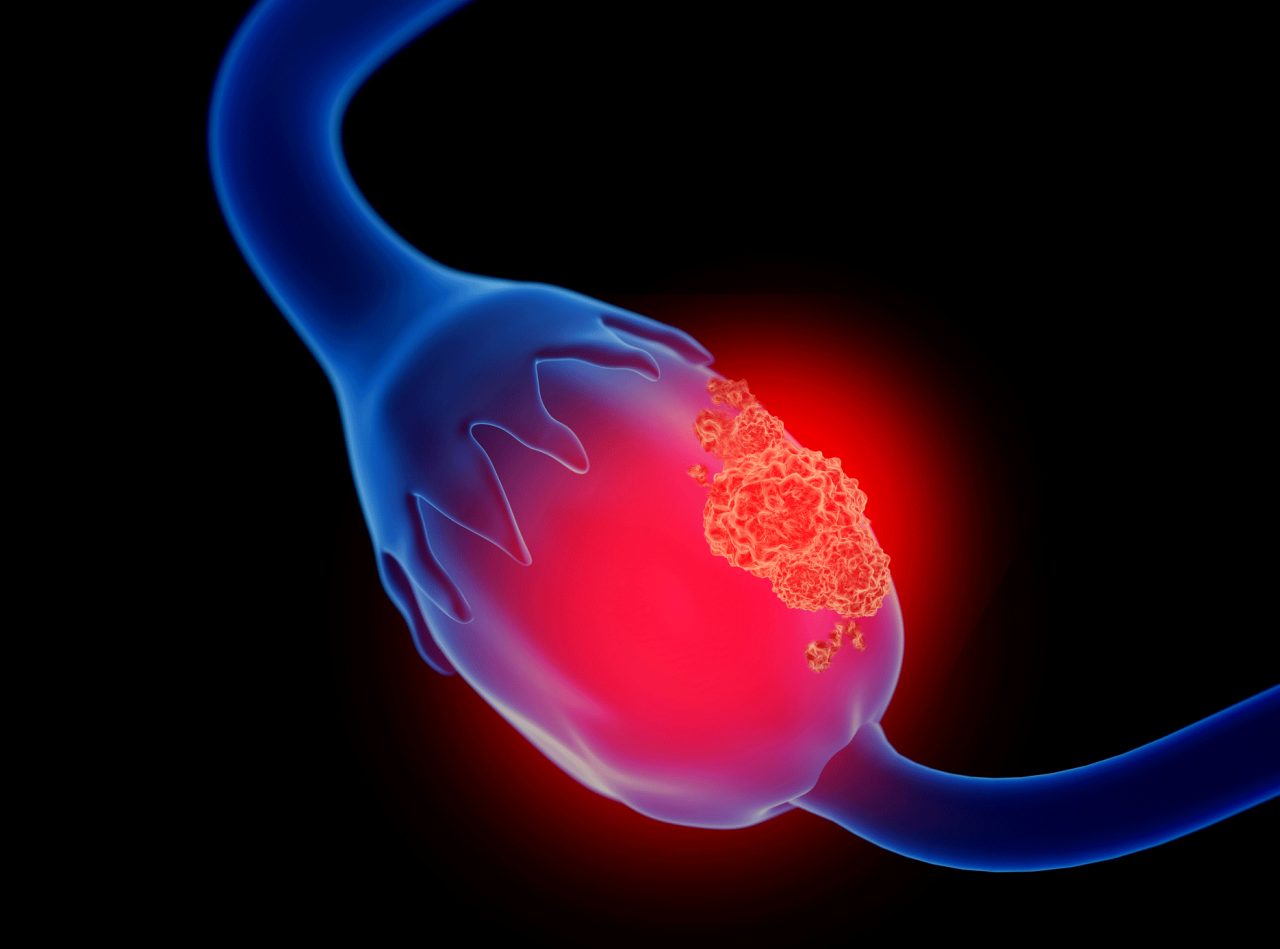Symptoms of Ovarian Cysts

Ovarian cysts are common and may not cause symptoms. However, pain and other symptoms of ovarian cysts may indicate a problem needing medical attention.
If you are a woman of child-bearing age who has regular periods, you may have ovarian cysts and not even know it. These fluid-filled sacs, which often form during ovulation, are very common and may not cause any pain or other problems. In fact, they are usually harmless, but not always. That’s why it’s important to recognize symptoms of ovarian cysts and when to talk to your doctor about them.
Most women who have regular periods produce at least one small ovarian cyst every month, according to the U.S. Office on Women’s Health (OWH). Problems arise when a cyst, or multiple cysts, begin to grow, producing pain and other symptoms that need medical attention.
In all, about eight percent of pre-menopausal women will develop large cysts requiring treatment, the OWH points out. Another reason to be aware of symptoms of ovarian cysts: If you develop the cysts after menopause, they raise the risk of ovarian cancer.
YOU MIGHT ALSO LIKE: Signs and Symptoms of Ovarian Cancer
Types of ovarian cysts and symptoms
- Follicle cysts. During a menstrual cycle, an egg grows inside a tiny sac (a follicle), which normally breaks open to release the egg. If it doesn’t break, the follicle can continue to grow, creating a follicle cyst that may cause pain or go unnoticed. Follicle cysts typically resolve, along with any symptoms, in a month or two.
- Corpus luteum cysts. After a follicle breaks open and an egg is released, the empty sac normally shrinks. The leftover mass of cells, called a corpus luteum, produces hormones to help prepare for the next menstrual cycle. But if a corpus luteum fails to shrink and seals after the egg is released, fluid can build up inside, creating a cyst. While corpus luteum cysts often go away in a few weeks, they can keep growing to about four inches wide and cause bleeding and pain.
- Endometriomas. Endometriosis develops when the lining of the uterus grows outside of that organ. The condition can affect the ovaries and result in blood-filled cysts called endometriomas, the National Institutes of Health points out. Symptoms of ovarian cysts of this type include painful menstrual periods, pelvic pressure, and pain with sexual intercourse.
- PCOS cysts. Polycystic ovary syndrome (PCOS) is a common condition, affecting about one in 10 American women of childbearing age. As its name indicates, PCOS is associated with multiple fluid filled ovarian cysts, along with enlarged and swollen ovaries and associated pain.
Bottom line: Talk to your doctor about ovarian cyst symptoms
The OWH advises contacting your doctor if you experience persistent bloating, frequent urination, pelvic pressure or pain, or abnormal vaginal bleeding. These symptoms can be signs of a benign cyst or other serious problems and should be checked with a physical exam.
Large cysts can sometimes rupture, requiring immediate medical care. Seek emergency attention if you experience these symptoms of a ruptured ovarian cyst:
- Heavy bleeding
- Pain with fever and vomiting
- Sudden and severe abdominal pain
- Feeling dizzy, faint, or extremely weak
- Rapid breathing
The good news about ovarian cysts is that most are benign, and most do not require surgery. However, if a cyst doesn’t go away after several menstrual periods, continues to grow, or does not appear to be a typical, normal cyst on imaging tests, your doctor may advise having the cyst removed, the American Academy of Family Physicians explains.
In addition, if you are past menopause and have an ovarian cyst, your doctor will probably want you to have surgery to remove it, because of the increased risk of ovarian cancer in women between 50 and 70 years of age who have ovarian cysts.
Updated:
March 09, 2020
Reviewed By:
Janet O’Dell